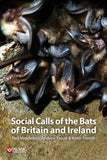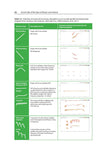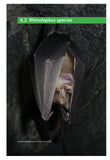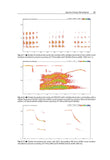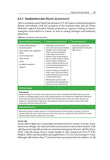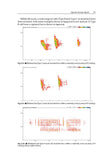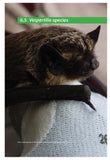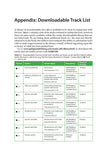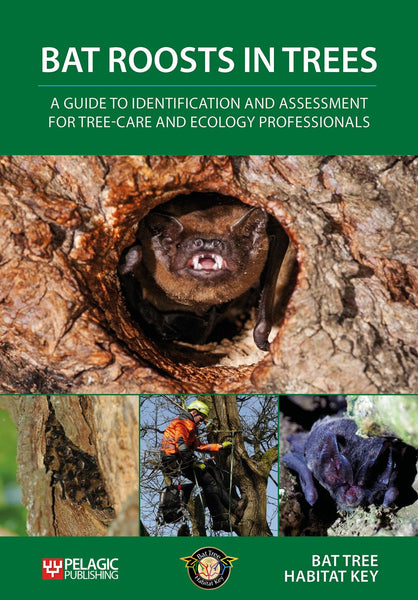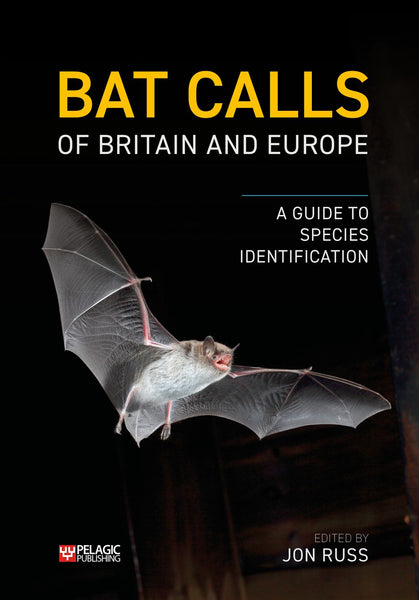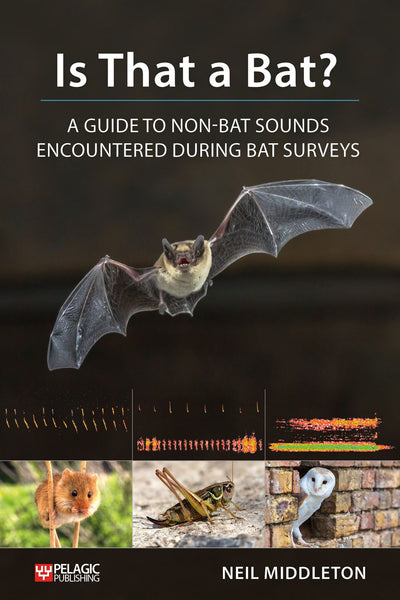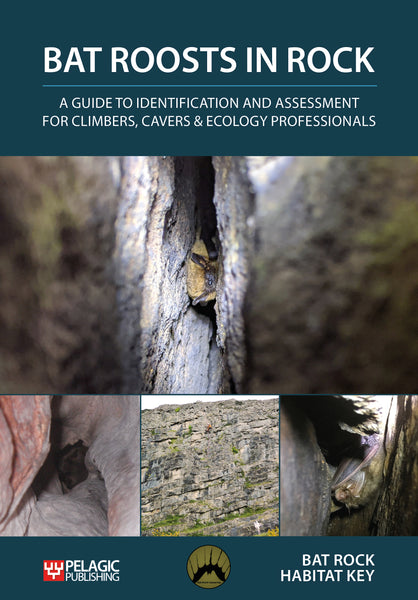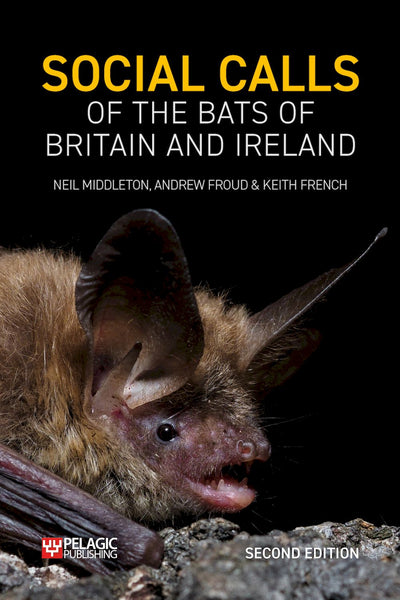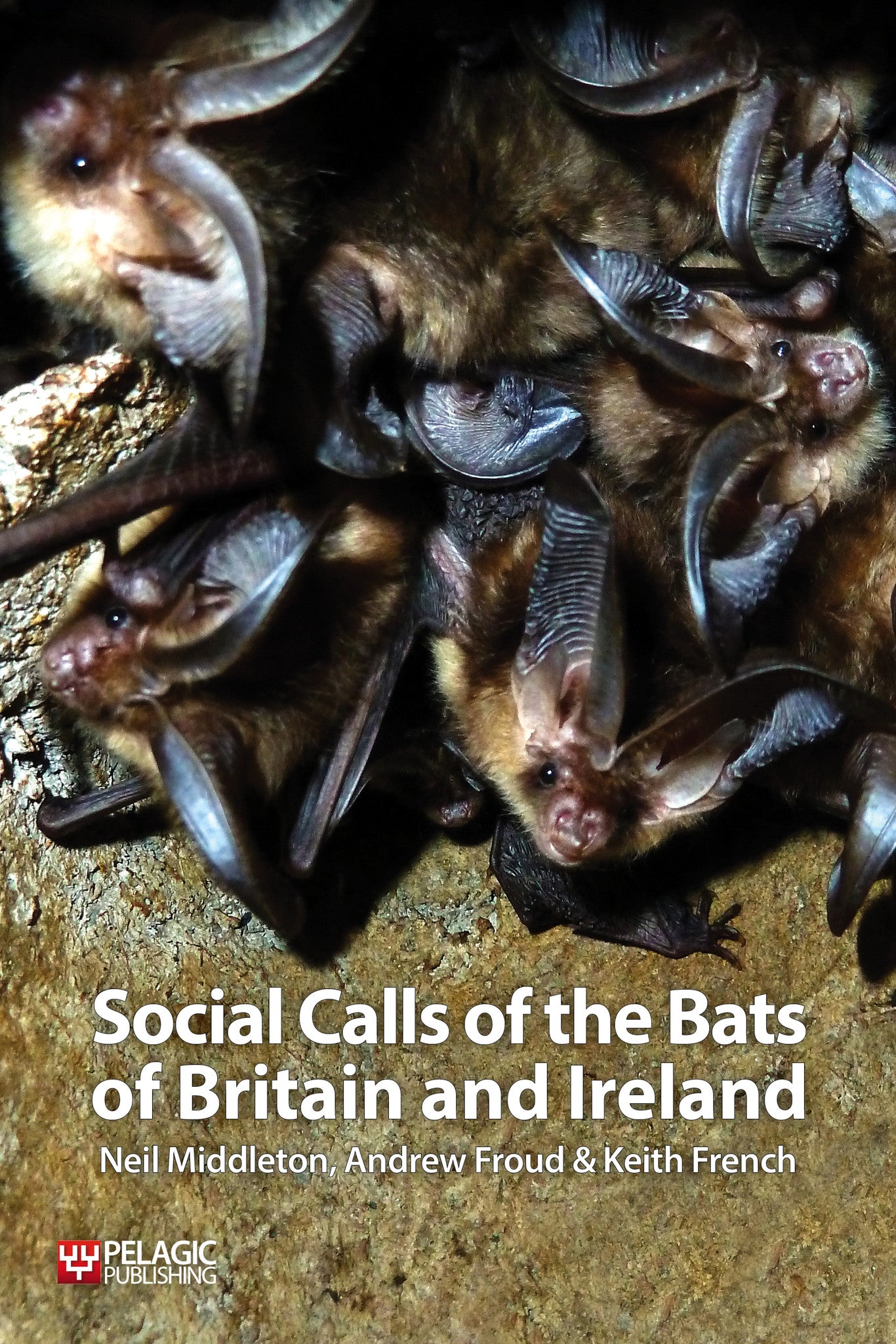
Social Calls of the Bats of Britain and Ireland
- Brings together the latest research on social calls, bat communication, classification and the study of social calls
- Detailed profiles of the social calls all 23 bat species in Britain and Ireland accompanied by colour sonograms
- Linked to an online downloadable library of sound files
- ... we highly recommend this book, it being both useful and enjoyable at the same time.
—Michel Barataud, Acta Chiropterologica
- bats
- behaviour
- chiroptera
- mammals
- social calls
- vocalisation
Description
Bats are fascinating mammals about which we still have much to learn. As well as using ultrasonic echolocation calls for orientation and while foraging, they also have a complex array of vocalisations for communication. These are known as 'social calls' and are an essential component of their colonial lifestyle.
This book brings together the current state of knowledge of social calls relating to the bat species occurring within Britain and Ireland, with some additional examples from species represented elsewhere in Europe. It includes access to a downloadable library of calls to be used in conjunction with the book.
Downloadable call library
Social calls are complex and intriguing to listen to; they are after all produced with listeners in mind (other bats). To enjoy and fully appreciate social calls the reader must also have the opportunity to become a listener: each of the presented sonograms in the book is cross-referenced to downloadable ‘time expanded’ .wav sound files which are contained within a much wider library of calls for you to explore.
Included in Social Calls of the Bats of Britain and Ireland
The authors start with an overview of the species of bats in Britain and Ireland (Chapter 1), and then introduce us to communication within the social world of bats (Chapter 2). Referencing the latest research, the authors explore how these calls can be classified according to their structure, and in many cases the context in which the calls are thought to be emitted (Chapter 3). Chapter 4 addresses aspects of survey methodology to be considered by those studying social calls. This leads on to the analysis of calls (Chapter 5), detailing the specific methods used and parameters commonly measured by researchers.
The final, and main chapter (Chapter 6) introduces the 23 species covered in the book giving each a detailed profile including: habitat preferences, typical roosting locations, roost emergence times, mating strategies and maternity behaviour. Each species profile includes what is known about the social calls for that species and this text is supported by colour sonograms (created using Pettersson BatSound V4.1) of most of the calls discussed. Each sonogram is linked to a .wav sound file (Time Expansion x10) within the downloadable library. The sound files allow the reader to hear, as well as see, the calls produced using any bat sound analysis software that supports the .wav format.
The authors conclude with a bibliography and an extensive list of references directly cross-referenced throughout the book.
Readership
Those engaged in bat conservation, bat surveys, consultancy work, academic research and bat-related training.Table of Contents
Foreword by Dr Sandie Sowler
Preface
Acknowledgements
About the Authors
Chapter 1 – An Overview of Bats within Britain and Ireland
Chapter 2 – Introducing Bat Social Calls
Chapter 3 – Classification of Social Calls
Chapter 4 – Considerations in Survey Design
Chapter 5 – Analysis of Social Calls
Chapter 6 – Species Groups
Bibliography
References
Index
Reviews
- I recommend this book to all students, professionals and amateurs interested in developing their knowledge with this fascinating group of mammals. —Alan Linsdell, Mammal News
- The announced purpose of this book is to present a current overview, richly illustrated by picture and sound, to motivate Chiropterologists for greater consideration of this component at the border between acoustics and ethology. And in this aim, they are successful; we highly recommend this book, it being both useful and enjoyable at the same time. —Michel Barataud, Acta Chiropterologica
- A nice feature is the addition of downloadable sound files which enhance the descriptions and sonograms of the majority of the calls. This new book provides a great starting point for anyone setting out to study this topic. —Bat Conservation Trust e-Bulletin
- Great new book Social Calls of the Bats of Britain and Ireland offers excellent descriptions, classifications, and recommendations for collecting social calls of bats. The book has detailed species information that visually explains social calls, but the best part is the downloadable audio tracks! Excellent resource for identifying bats. —Rob Mies, Organization for Bat Conservation
- This book is the first attempt to pull together and summarise the current knowledge of social calls of bats occurring within Britain and Ireland. This is a complex area of study, where there is still much to learn. However this book and downloadable call library does a really good job in highlighting the potential for social calls for understanding bats, and for making this information available to all. I know from my own work on bats in Norfolk, I have largely focused on echolocation calls, with another ground-breaking book published by Pelagic Publishing by Jon Russ on British Bat Calls: A Guide to Species Identification being my core reference. This new book on social calls is a perfect companion to this, and one which has already inspired me to look back at the recordings I have been getting this season. —Stuart Newson, BTO News
About the Author
Neil Middleton is the owner of BatAbility Courses & Tuition, which delivers bat-related skills development throughout the UK and beyond. He has designed and delivered in excess of 250 training events covering a wide range of business and ecology-related subjects. Having studied bats for over 25 years, with a particular focus on acoustic behaviour (echolocation and social calls), Neil is the author of Is That a Bat? A Guide to Non-Bat Sounds Encountered During Bat Surveys and The Effective Ecologist: Succeed in the Office Environment, both published by Pelagic.
Andrew Froud is an ‘Ecologist’ working for the City of London, within Epping Forest (Essex). He is a licensed bat worker with over 10 years experience. In 2006, together with Keith French, he set up a 6 year research project, within a small part of Epping Forest, to examine habitat usage by bats in conjunction with the impact of habitat changes brought on by the sites Conservation Management Plan. Andrew’s initial interest in social calls came about when he and Keith discovered the first known lekking Nathusius’ pipistrelle roosts for Essex on their site. Since then, he has been fascinated by the subject, and recorded many social calls across a wide range of species. In recent years Andrew has delivered presentations on this subject to course delegates, local bat groups and natural history groups.
Keith French has over 10 years’ experience with bat related work, and is a licensed bat worker, both living and working within Epping Forest (Essex), where he is employed by the City of London as ‘Head Forest Keeper’. Having a driven associate like Andrew Froud has helped fuel his enthusiasm to delve deeper into this complex and relatively un-researched subject. After recording their first Nathusius’ pipistrelle lekking in an ancient oak pollard, the search was on to record social calls from other species, especially Noctule and Myotis. Keith has also been keen to pass on the knowledge he has gained by giving guided walks, presentations and allowing volunteers the chance to improve their skills. He is well travelled, having been fortunate enough to observe and record bats in some exotic locations such as the Amazon, Croatia, Costa Rica, USA and several African countries.
Bibliographic Information
 186 pages
186 pages - 8 colour photographs, 136 figures
- 38 tables
- BISAC SCI070030, NAT019000, NAT011000, SCI020000
- BIC PSVW7, PSVS, RNKH






